TREMAYNE: Verstappen’s GT3 adventure was a thrilling throwback to the days of F1 heroes like Clark and Hill
F1 Hall of Fame journalist David Tremayne explains how Max Verstappen was racing in the wheel tracks of the great heroes of the sport from a bygone age with his brilliant GT3 win last weekend...

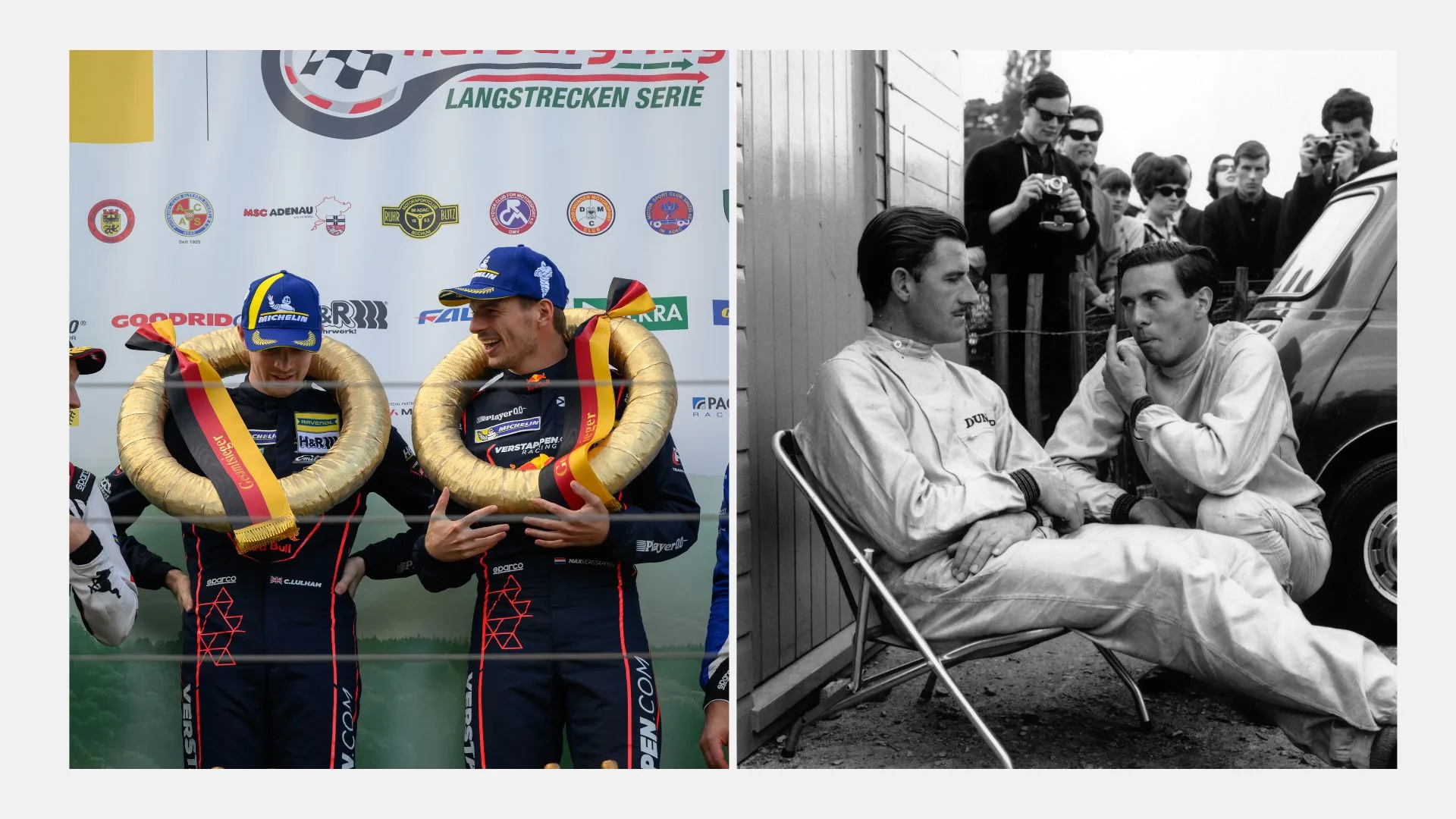
So, what to make of Max Verstappen and his recent racing, ‘outside the box’, in GT3 – and of all places, at the ‘old’ Nurburgring, the vaunted Nordschleife?
Me, I love it!
I’m old enough to remember the halcyon days of the Sixties, when ‘graded’ drivers were allowed to compete (but not score points) in Formula 2 races, sometimes to the delight, sometimes to the chagrin, of lesser mortals trying to make names for themselves.
The stars – the likes of Jochen Rindt, Jimmy Clark, Jackie Stewart and Graham Hill – were often unbeatable, but sometimes they could be taken on, and the upcoming drivers such as Clay Regazzoni, Derek Bell and Francois Cevert got their chance to show what they could do.
When Johnny Servoz-Gavin damaged an eye and decided to step down from F1 midway through 1970, team owner Ken Tyrrell needed a replacement, pronto.
Jackie had raced against Francois, and recommended him for the second Tyrrell seat. Had fate been kinder, that might have led to a World Championship for the dashing Frenchman in 1974, had he not lost his life at the previous season's United States Grand Prix…
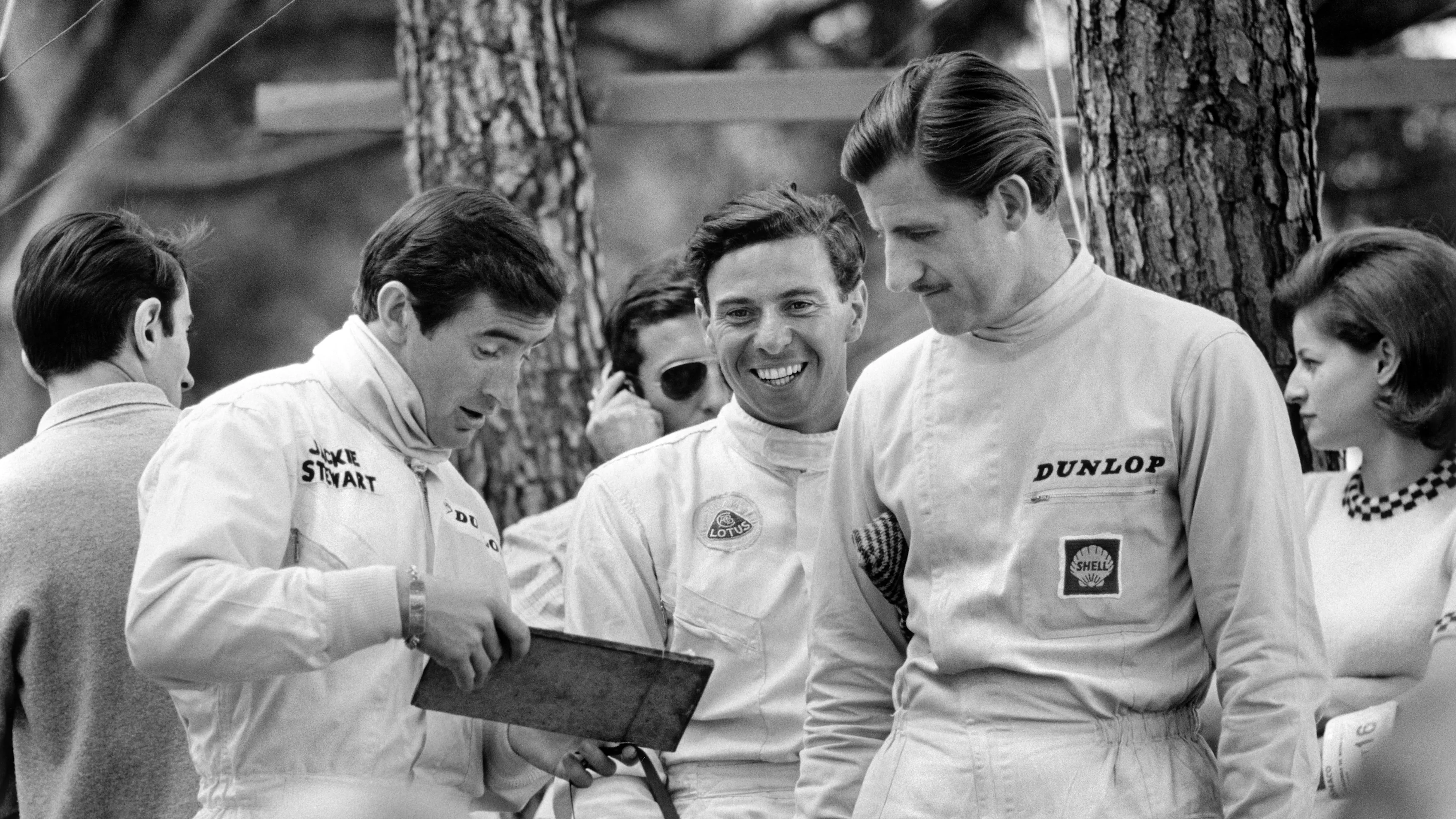
I love it when drivers are brave enough to try other things.
In the Sixties, going to Indianapolis was something that F1 drivers flocked to do after Jack Brabham had set the rear-engined revolution rolling in 1961.
Not everyone enjoyed the speed and the concrete walls; Chis Amon, brave enough to take the Masta Kink flat out at Spa, didn’t get on with being surrounded by concrete.
But drivers such as Rindt embraced the place – not least because you could earn so much more there in what the Indianapolis Motor Speedway has always trumpeted as ‘The Greatest Race in the World’ than you could in a whole season of F1 at that time.
In 1965, when Jimmy Clark won there he earned $166,621; at the time Rindt’s annual retainer from Cooper was $22,400. Small wonder he was so attracted by the Gasoline Alley bread...
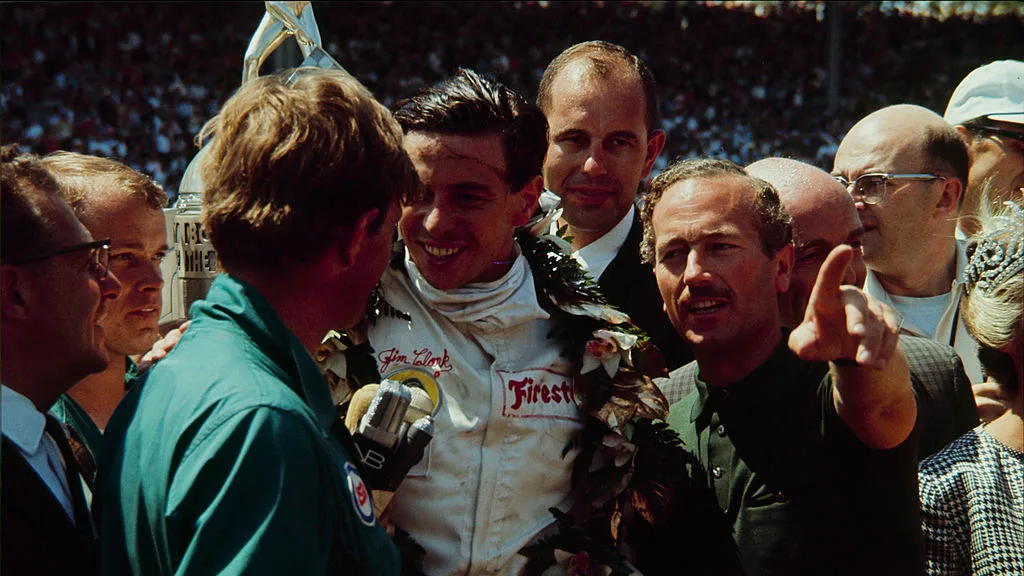
2025, coincidentally, is the 60th anniversary of Jimmy’s 1965 season. Just as there will never be another so great as the quiet Scot, in my humble opinion, so there will never be another season quite like that one.
Consider this: his season of seasons begins with a Grand Chelem (pole, victory, fastest lap) in the South African GP in January. Then a run of five victories clinches him the Tasman Series in Australia and New Zealand.
He goes on to win another five Grands Prix – the Belgian, French, British, Dutch and German (two more of them Grand Chelems), setting a new season record as he takes his second World Championship.
He also wins the non-championship Syracuse GP to go with the first heat of the Race of Champions, in which, uncharacteristically, he crashes while under pressure from Dan Gurney in second; and he takes victory in the Sunday Mirror Trophy at Goodwood. He wins the Sebring 3 Hours Touring Car race.
In May, he wins the Indianapolis 500.
He also wins six F2 races, three rounds of the British Sports Car Championship in the unloved Lotus 30 and a round of the British Saloon Car Championship three-wheeling a Lotus-Cortina. And these are only the victorious highlights from one of the busiest seasons in history.
In more recent times we’ve seen Fernando Alonso boldly going to Indianapolis and giving it a damn good go, and also winning Le Mans twice with Toyota.
I enjoyed watching the plucky Spaniard going outside what, I am sure, is a pretty sizeable comfort zone, trying something different and doing an outstanding job that drew much praise. It was rather like Jacky Ickx, a star in F1 and world sportscars, competing on what was then the Paris-Dakar Rally.
But neither were still racing in F1 at the time of their experiments (although Alonso did have a crack at Indy in 2017), having to fit extra-curricular activities into their busy schedules.
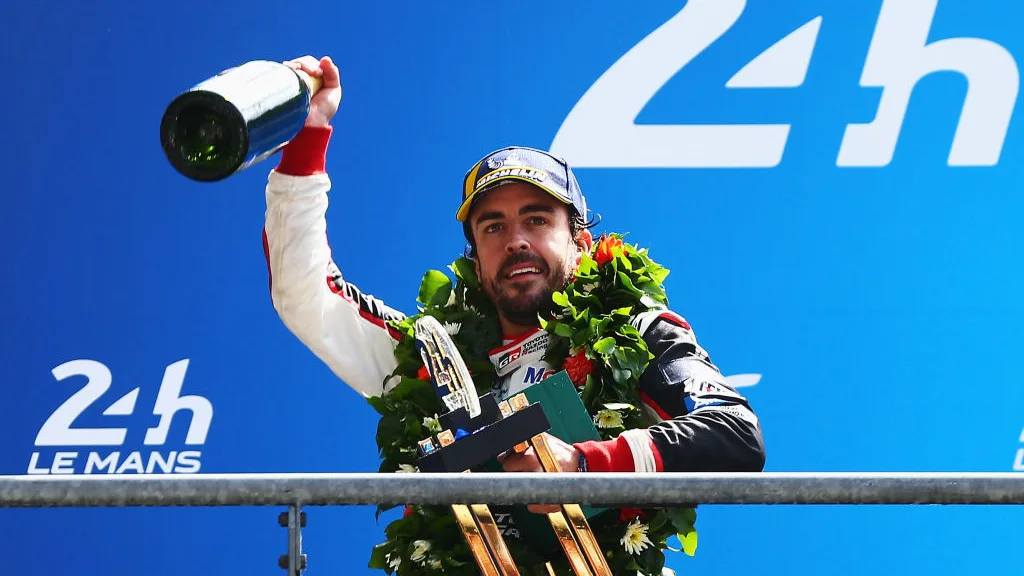
When did all that stop? In the Sixties it was far from unusual for drivers such as Clark to drive in many different series and disciplines, often on the same racecard. But back then, though they can hardly have been said to have starved, driver salaries were nothing like what they are now.
Mario Andretti regularly used to fly Concorde to Europe so he could do both F1 and Indycars in the Seventies, but then ‘The Fonz’ has to be rated as one of the greatest and most versatile drivers of all time – right up there with Jimmy, Dan Gurney, Graham Hill and Jackie Stewart – with championships in both aforementioned categories, plus successes in sprint cars, sportscars, NASCAR and anything else with four wheels and a stick shift.
In the Sixties and Seventies, Bruce McLaren and Denny Hulme earned the team a fortune with their success in the days when they dovetailed their F1 programme with racing papaya orange sportscars in the Can-Am series, which became known as The Bruce and Denny Show.
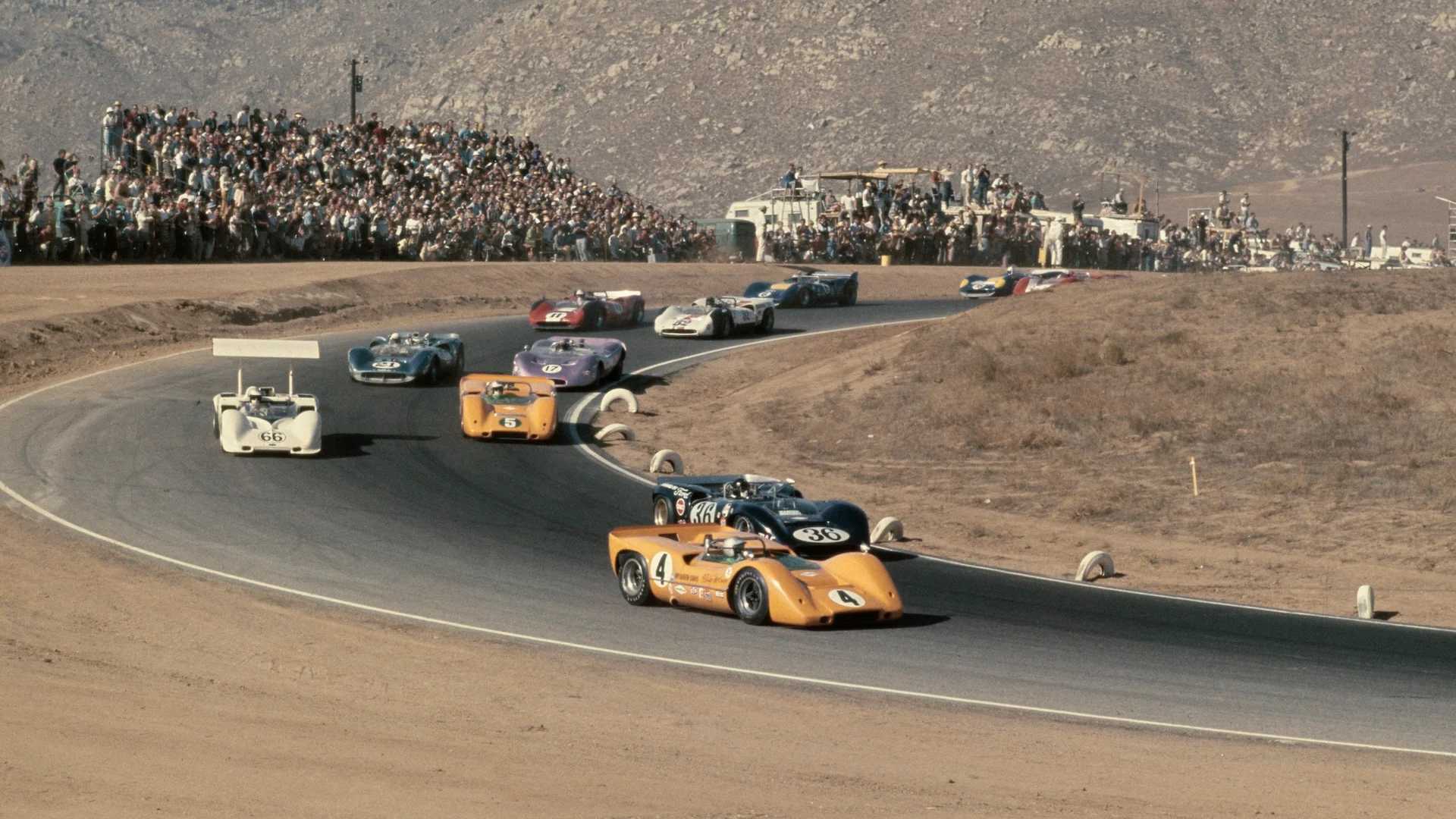
As F1 became ever more sophisticated and competitive in the Eighties, and more races were added to the calendar, the practice of drivers needing to race in many series to keep up their earning power faded, and now there simply isn’t enough time for the well-paid stars of today to indulge themselves elsewhere on a regular basis, especially as date clashes would be almost inevitable.
I love the fact that Verstappen has quietly gone about earning the right licence, without making a big fuss about things in his alternative life – one that had to be fitted in around not just his F1 commitments but also his penchant for sim racing and family life.
After taking an unexpected victory for the revitalised Red Bull team in the Italian Grand Prix at Monza, he hopped over to the Nordschleife to drive a Porsche GT4 and earn the necessary licence to race in the GT3 category there last Saturday.
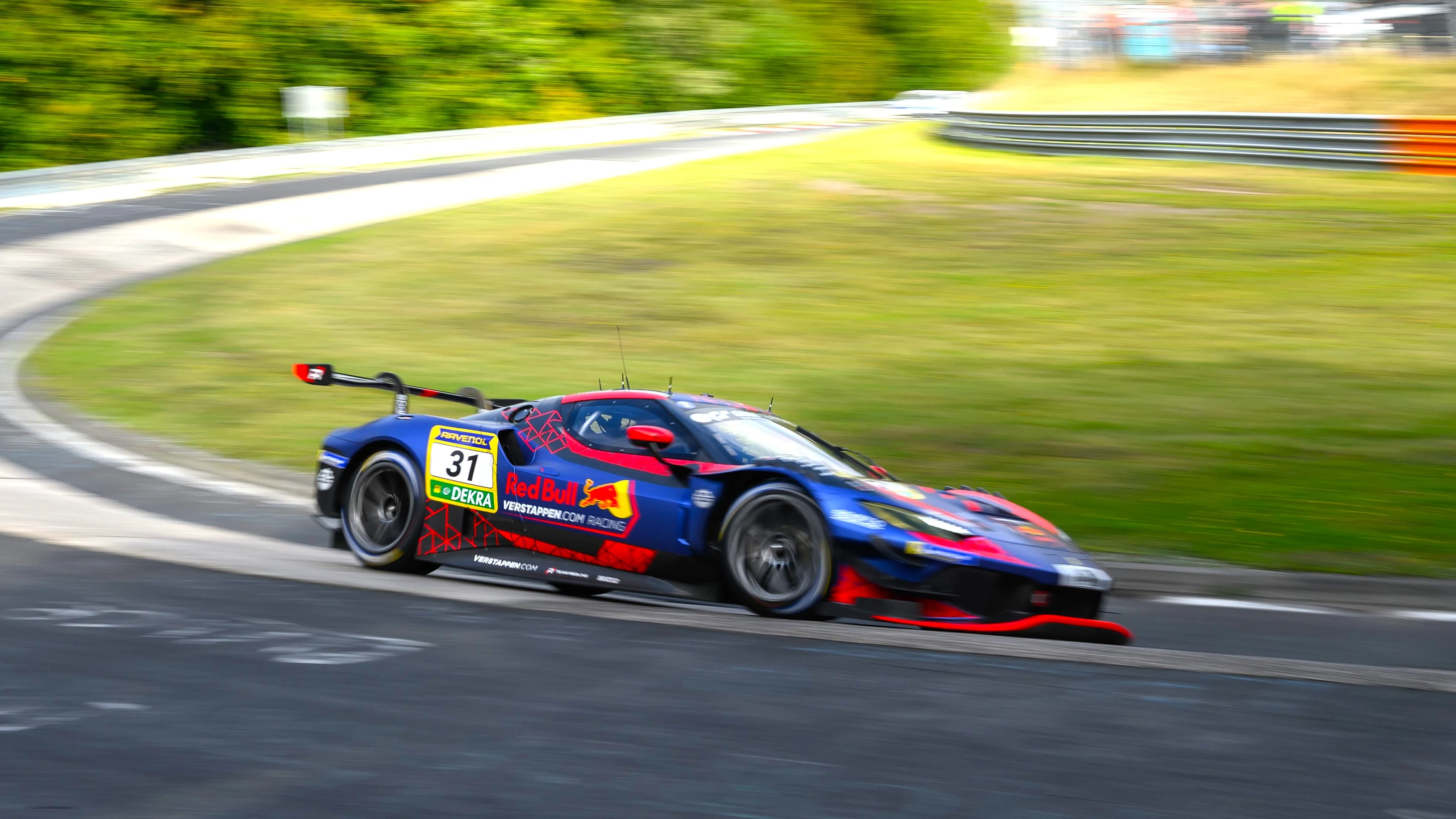
In an extraordinary debut, and fresh from victory in Azerbaijan the previous Sunday he, together with co-driver Chris Lulham, took their Emil Frey Ferrari 296 GT3 to a superb debut triumph in the four-hour race that was round nine of the Nurburgring Endurance Series. Theirs was a dominant success, against more than 100 rival cars.
Starting third after a few problems in Qualifying, Max was in the lead by the first corners and never looked back. By the end of his first stint, he was more than a minute ahead.
Briton Lulham races with Max’s own team in the GT World Challenge Europe Endurance Cup, but is also a dab hand in Team Redline, the World Champion’s sim racing outfit.
He held his end up in the second stint, and they won comfortably, by 24 seconds. It was a nice gift Max made to himself just three days ahead of his 28th birthday, and was complemented when he was awarded Driver of the Day for his rookie efforts.
"The first two stints went really well, the car worked perfectly in the dry," he told reporters. "We had a bit of bad luck in Qualifying, but in the race everything with the traffic worked out fine. I think I didn't make any major mistakes in those two stints. And to win here on my very first attempt, that's just fantastic."
There’s naturally been speculation that he will compete in next year’s Nurburgring 24 Hours – and he readily admits that much as he would like to, he would need to do more racing there before that challenge.
But much will depend on how Red Bull’s programme is running with Ford power under the 2026 F1 regulations. When his F1 career is over – and remember, he has given indications that he doesn’t want to race there forever – he has said a run at Le Mans could also be on the cards, but not Indianapolis.
"For me, it's very important to be able to do those things. Of course, how much I can do during an F1 season is a bit tricky. Also, next year, new regulations, it's already hard enough in Formula 1, but yeah, we'll just see how everything goes. It depends on how next season goes with the new rules. It's impossible to say now if I can compete in other things outside of that.”
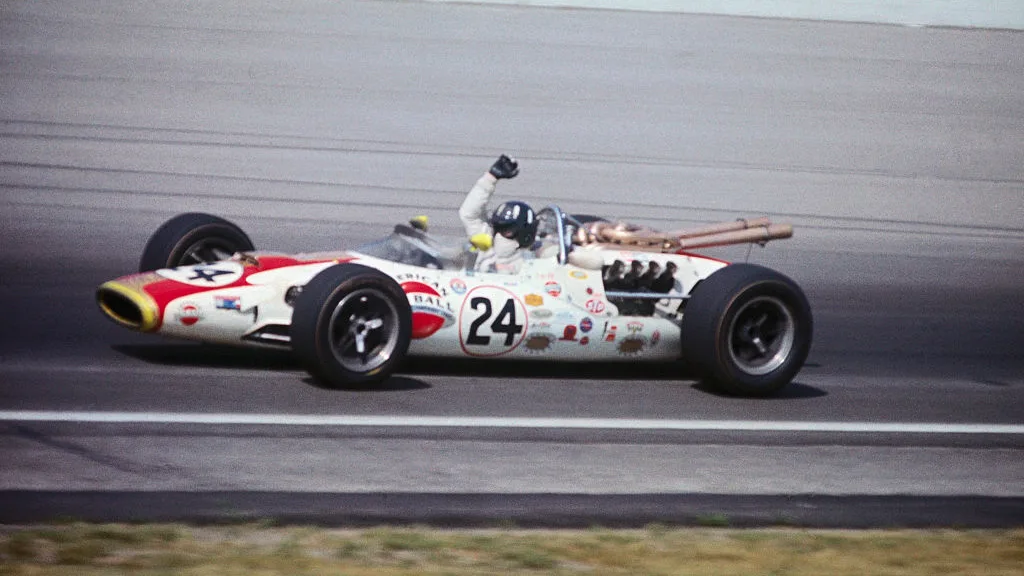
So why is he doing this? Why, some might ask, risk life and reputation racing in another category, when he has already proved himself so convincingly time and again to be the current yardstick of the greatest category in racing?
It’s a simple answer. Because he loves it. He loves racing, it’s his life and his passion. And he remains inquisitive about other series, keen to learn and exploit their nuances as quickly and as well as he has in F1 since 2015.
That suggests that he has a romantic streak. And an awareness of, and interest in, experiencing something from his sport’s heritage: a massively challenging track on which, once upon a time, mastery was an indelible sign of a driver’s true greatness.
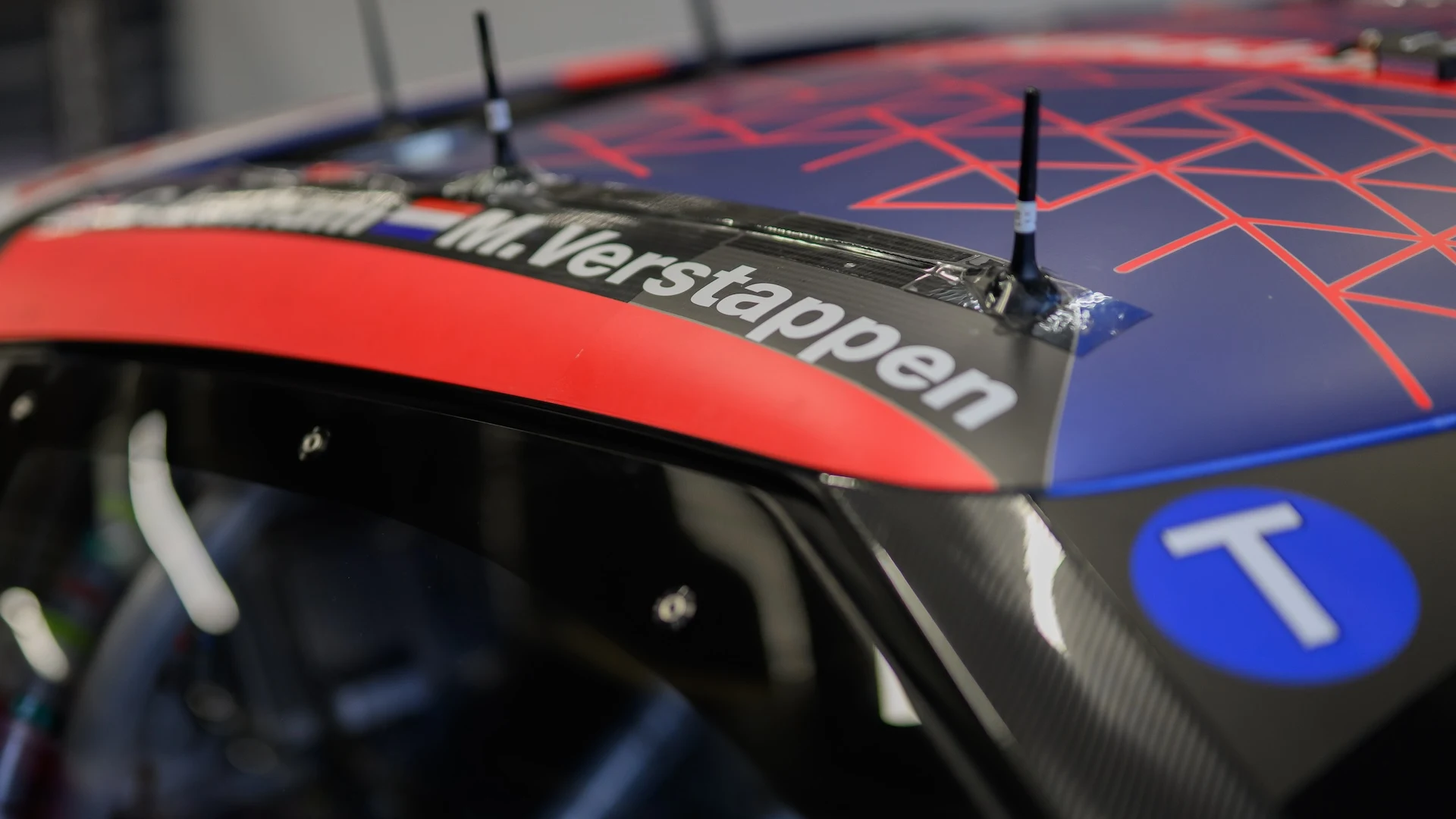
Max’s project reminds me a little of something Andy Green once said to me. The only man ever to travel at supersonic speed on land, in the ThrustSSC jetcar, said he didn’t feel like a proper record breaker until he had paid his dues and set the diesel land speed record at 350.092 mph on the hallowed salt at Bonneville in 2006.
For Max to want to go and win on the ‘old’ Nurburgring, without doubt the most challenging and fearsome permanent race circuit in history, tells us so much about his attitude to racing. And life.
We should be grateful, in this most intense era of professional motorsport where F1 teams are being valued over $4 billion, that a driver of the highest rank still wants to try different things while competing in his day job against the best drivers in the world.
And that, in Red Bull, he has a team that is sufficiently bold and understanding not to try wrapping him in cotton wool or discourage his personal pursuit of new challenges.
Next Up
Related Articles
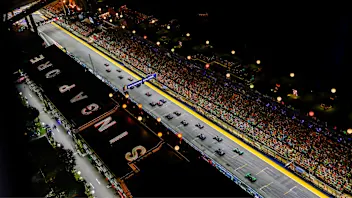 What time is the 2025 Singapore GP and how can I watch it?
What time is the 2025 Singapore GP and how can I watch it?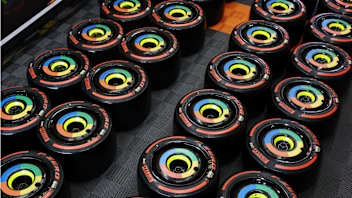 What tyres will the teams and drivers have in Singapore?
What tyres will the teams and drivers have in Singapore?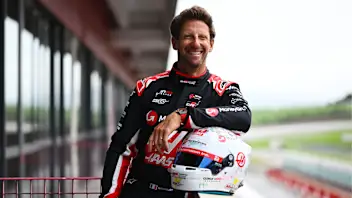 Grosjean shares his emotions after ‘fantastic’ F1 return
Grosjean shares his emotions after ‘fantastic’ F1 return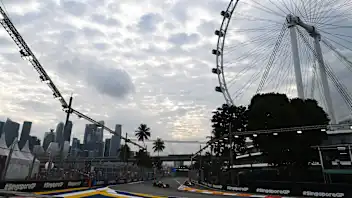 What is the weather forecast for the 2025 Singapore GP?
What is the weather forecast for the 2025 Singapore GP? F1 NationListen to our Singapore GP preview
F1 NationListen to our Singapore GP preview When F1 drivers become fashion magazine stars
When F1 drivers become fashion magazine stars